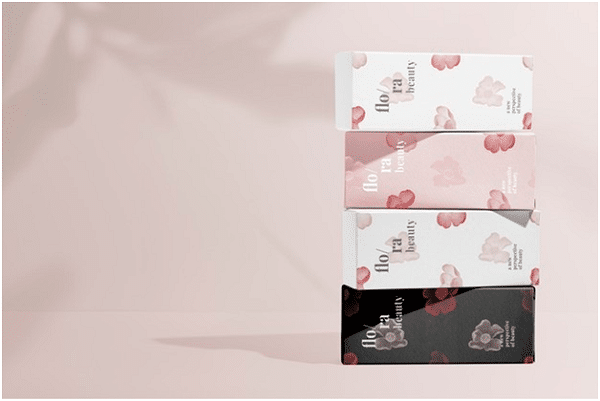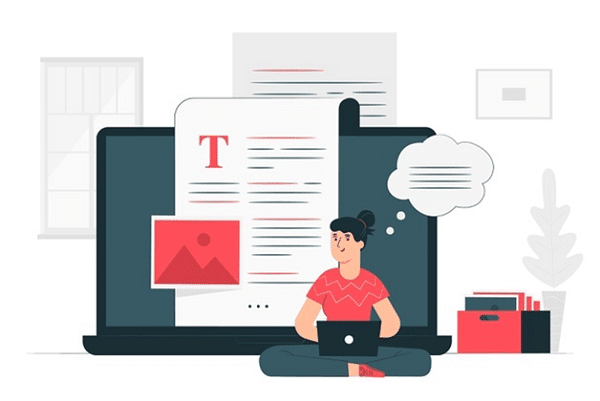It can be a daunting task to manage a large volume of artwork without hiring an army of designers. But, with the right strategy and organizational skills, you can maintain your team’s sanity while also meeting deadlines.

In this article, we will explore some easy ways to streamline the process of managing your company’s design work.
1. Create a design brief to outline the desired outcome
When it comes to creating a design for your product, whether it be a logo, label, or t-shirt graphics, it’s important to have a designated brief that outlines the desired outcome. This will help define what you’re looking for and give direction to your designer. Always look for ways to improve your product’s design. You may have already created a design brief to help guide your team’s efforts, but what is a design brief, and what should be included in it? In this blog post, we’ll answer those questions and provide some tips for creating an effective design brief.
2. Organize and categorize all artwork into folders on your computer
analyze the situation and determine if you need more design resources or not. If the answer is yes, look into outsourcing some design work or bring in additional freelance designers to get your workload under control. Second, get organized! One way to do that is by sorting all of your files into three categories: 1) designs ready for production; 2) designs waiting for approval; 3) “retired” designs (those no longer needed). This will make it much easier when you need to find a specific filer and will also help keep your computer’s hard drive clean. Lastly, make sure to back up all of your artwork onto an external hard drive or cloud storage service on a regular basis. This is an important step in ensuring that your work is safe and secure. 3. Use online design tools to streamline the workflow process
3. Use templates for common items
Packaging can be an important part of marketing your product. It can be the first thing a customer sees, and it can make a good first impression or a bad one. You want to use packaging that accurately represents your product while also being attractive and eye-catching. However, designing custom packaging can be expensive and time-consuming. That’s why you should use templates for common items instead of starting from scratch each time. Templates are pre-designed, customizable files that allow you to quickly create professional-looking packaging without any design experience. There are plenty of templates available online, and most software programs include built-in templates as well. So if you’re looking to save time and money on your next packaging project, try using a template!
4. Use online resources for free graphics and clip art to make designs more original

To increase engagement with consumers, you’ve decided to make changes to the packaging design. It is important to use professional graphics and clip art on your labels, but it can be very expensive! Luckily, there are some free resources available online that will allow you to create professional designs without spending a dime. In this post, we’ll explore some options for using these resources and how they may help you save money on new packaging designs.
5. Don’t forget about other people’s work – if you find something interesting, share it with the team
If you find something interesting, share it! It’s the best way to engage with your network. Packaging is one of those things that sometimes gets overlooked or forgotten about in business, but making sure that your product arrives at its destination safe and sound can make a huge difference for customer satisfaction and even sales volume. The more people know about the importance of good packaging, the better off everyone will be. Here are some helpful hints from an expert always use a protective cushioning material such as bubble wrap or foam peanuts when shipping glassware, dishes or other breakable.
6. Examples of companies that have managed their own artworks successfully
a. Forest Essentials
Forest Essentials is a global luxury Ayurveda brand that infuses ancient wisdom and modern aesthetics to craft organic products. Since its inception in 2000, the company has expanded their reach across 120 countries with an extensive product line including skincare for men as well! The digital proofing software’s intuitive interfaces, checklists, and smart reporting systems helped Forest Essentials create a standardized artwork approval process and reduce artwork approval delays by 60%.
b. Havmor
Havmor is a popular ice cream brand with an extensive product line of delicious cones, cakes and authentic kulfis. The company sells more than 160 different types across India as well as adding three new flavours every quarter to their ever-growing catalogue! They pride themselves on using innovative tools that will keep customers coming back for more but earlier Havmores faced challenges when it came time approving artwork because they didn’t utilize any management software; meaning delays galore in getting those approvals fulfilled timely if at all possible- which put some unnecessary stress onto yourself (and your staff!)
7. Print out only the front of the packaging with a sticker sheet that can be placed over it later on

Make sure that your products are displayed in the most aesthetically pleasing way possible. This means that you may often print out multiple copies of the front of the packaging and place them strategically around the store. But what do you do when you run out of space on the packaging itself? Enter: printable sticker sheets! By using this handy trick, you can easily create a custom sticker sheet with all of your necessary product information that can be placed directly on the product itself. Not only will this help to free up more space on your packaging, but it will also help to deter theft by making it harder for potential thieves to remove any important information from your product.
8. Make sure the software is set up so that it automatically updates when new art has been uploaded
As a packaging manager, you want to make sure that your software is up-to-date with the latest art files. This way, when you send your product off to be manufactured, the artwork will be accurate and consistent across all of the products. You can set your software up to automatically update when new art files are released by the manufacturer. All you have to do is configure your software according to their instructions. Then, you can relax and know that your software is always up-to-date with the latest artwork.
9. Add tags to each piece of art, such as “home decor,” “gift,” etc., so they’re easier to find later on
Do you have a lot of art that you’ve collected over the years, but don’t know what to do with it? Instead of letting it gather dust in a closet or attic, why not try tagging each piece with keywords that will help you find new homes for them? “Home decor,” “gift,” and “art” are just a few possibilities. By taking this simple step, you’ll make it easier to sell or give away your art in the future. And who knows? You might even start a new trend!
Conclusion
Conclusion paragraph: One of the most common challenges with marketing departments is how to manage a large volume of artwork without hiring an army of designers. It’s often difficult for one person to handle all the design work, and it can feel like you’re stuck in a never-ending cycle of chasing down files from other people on your team. The solution? Use our new platform, DesignCloud! Our cloud based file sharing system provides an easy way for marketers and designers alike to store their own designs as well as access those that others have created.



















